Understanding different trouser fits
Pant cuts play a key role in the style and comfort of your outfit. Straight, fitted, or loose, each cut offers a different look and adapts to your body shape.
Pant cuts play a key role in the style and comfort of your outfit. Straight, fitted, or loose, each cut offers a different look and adapts to your body shape.
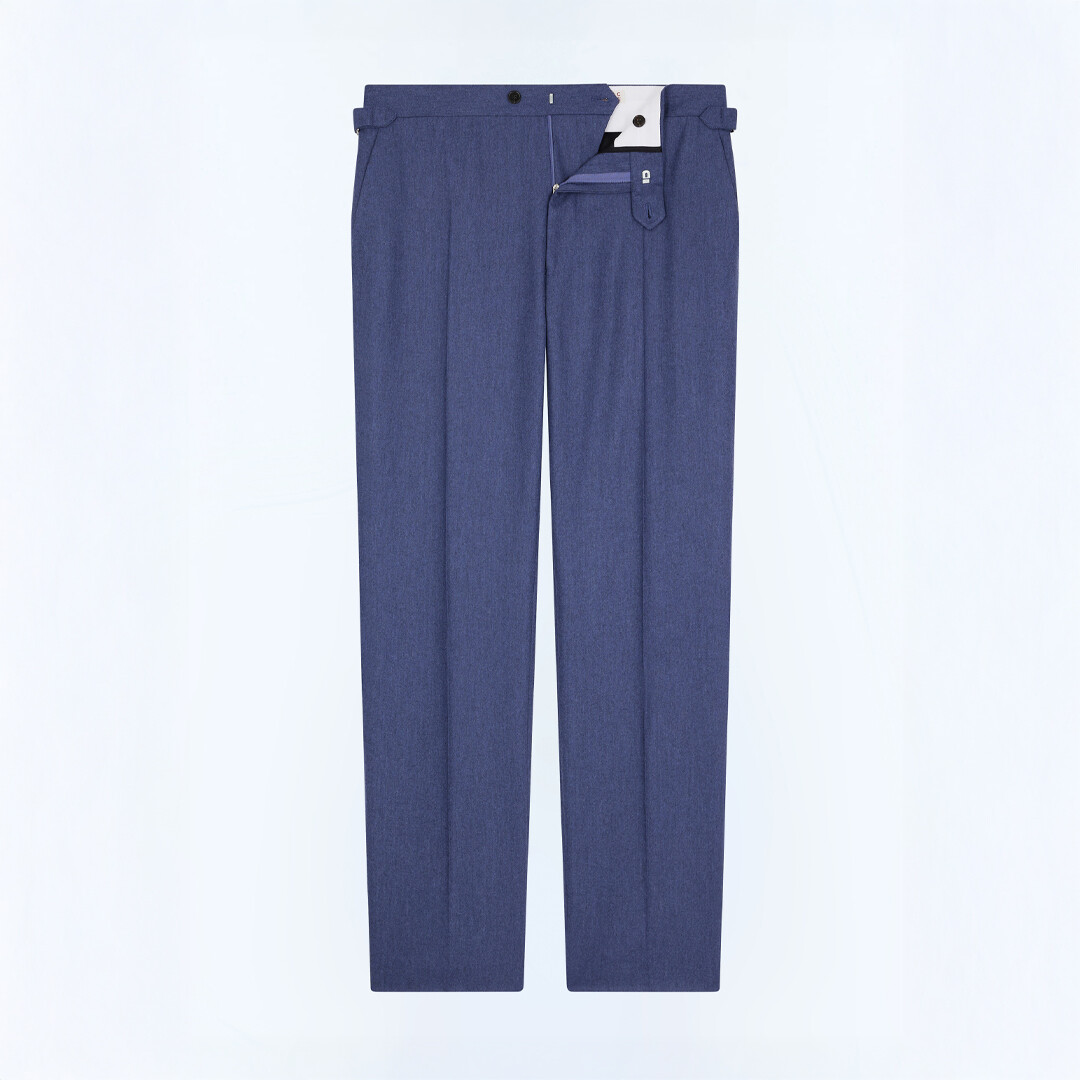
At Fursac, suit trousers are sold with a drop 7 sizing system. This means the trousers are seven sizes smaller than the matching jacket (for example, a size 48 jacket comes with size 41 trousers). This ratio, selected by our design team, reflects the house’s aesthetic and the silhouettes historically embraced by Fursac. A higher drop generally indicates a more athletic build.
Some trousers are sold separately, allowing you to select your size or add a second pair to your suit. These are available in even-numbered sizes (38, 40, 42, etc.).
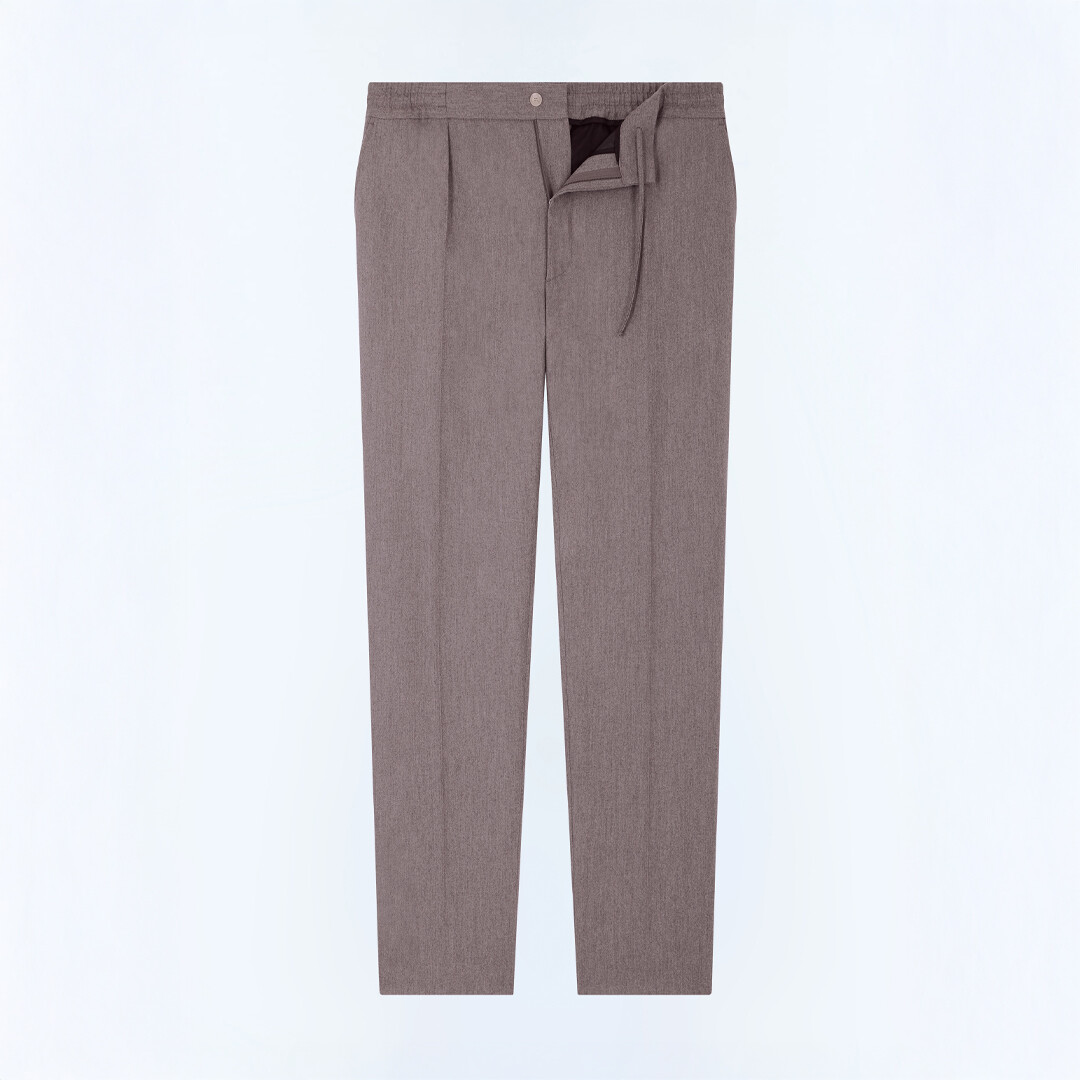

All our suit trousers come with unfinished hems, allowing you to tailor the leg length to your preference.
Trousers with a raised back waistband include a center-back seam allowance, which can be let out to increase the waist size. There is also an allowance at the rear thigh seam near the inseam—up to an extra 1.5 cm—for added ease if needed. These alterations allow the trousers to be adjusted for a better fit, either larger or smaller.
Please note: Waist and thigh alterations are only possible on trousers with a raised waistband.
For sportswear trousers, only the length can be adjusted.
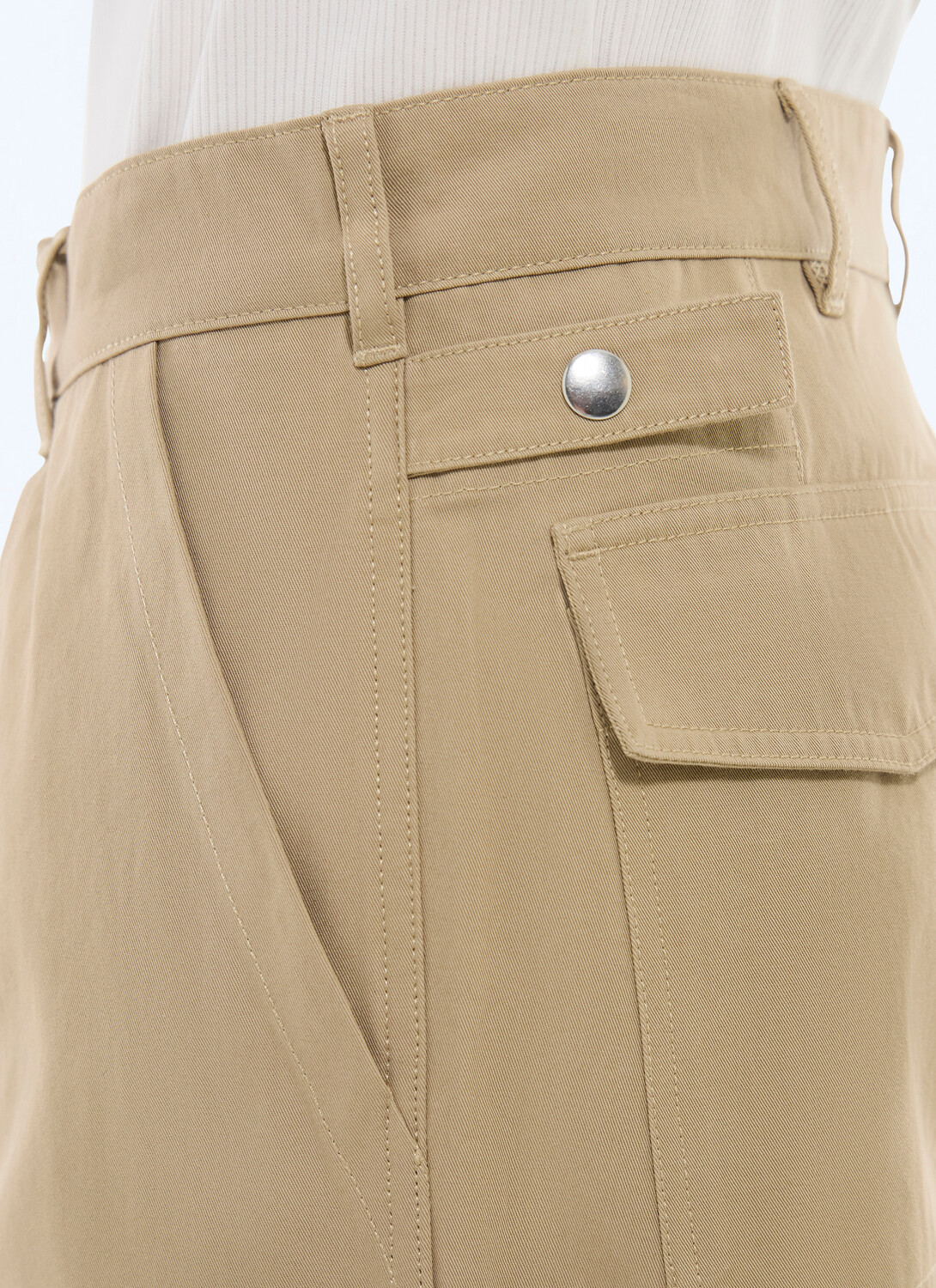
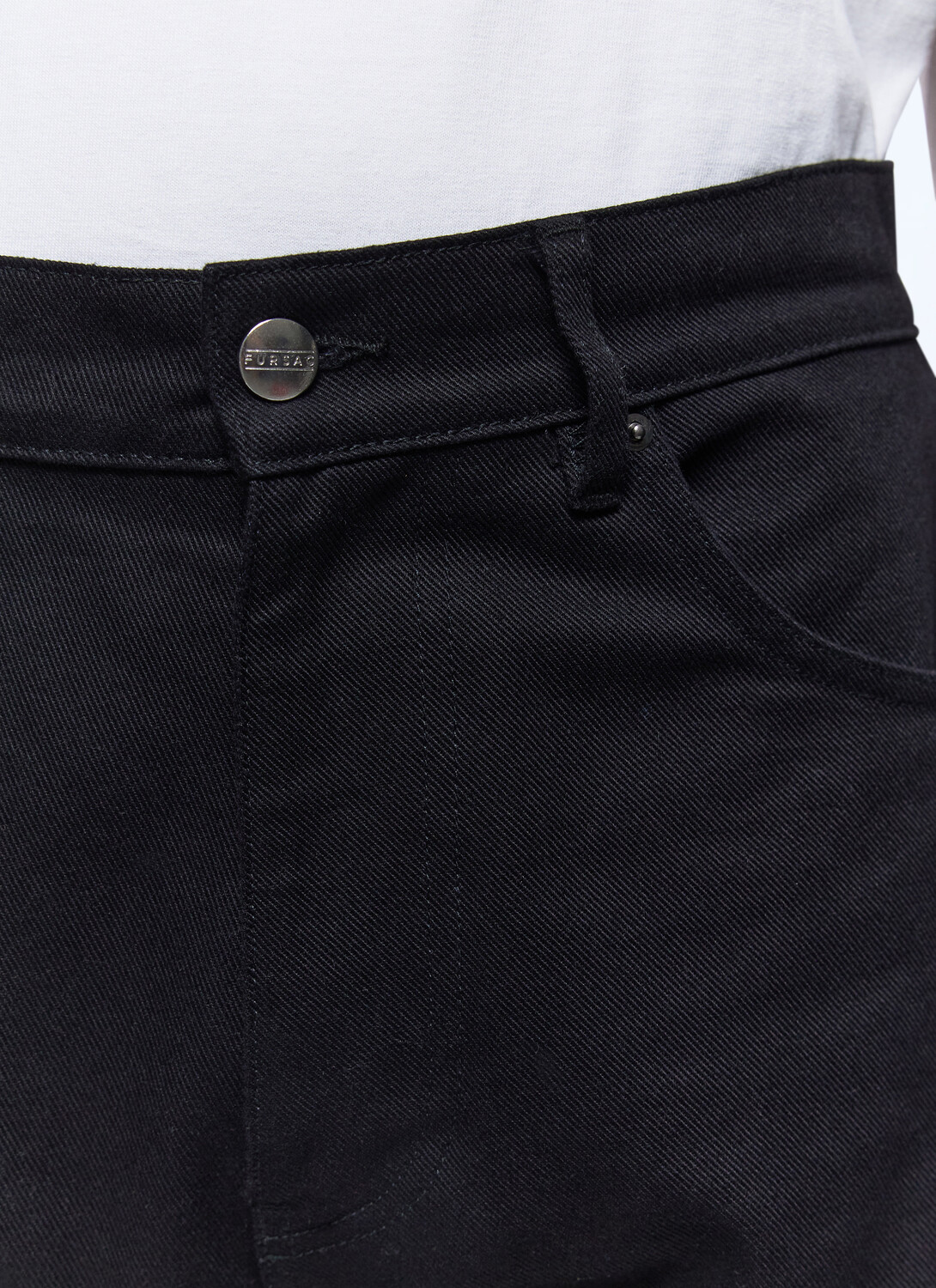
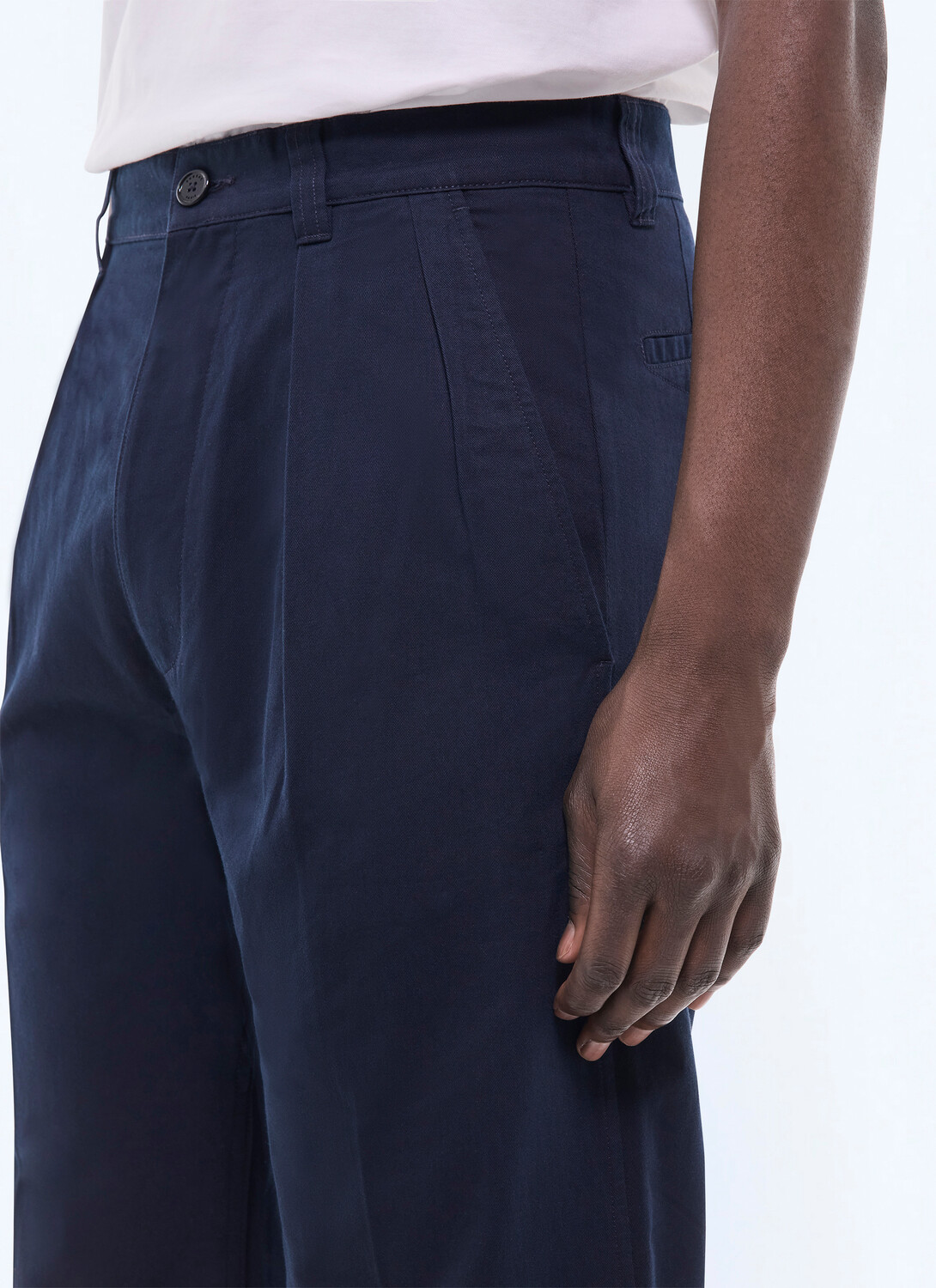
Suggestions
You are currently browsing the FURSAC EU online shop in English. To change your country of delivery or language, make your choice from the list below.